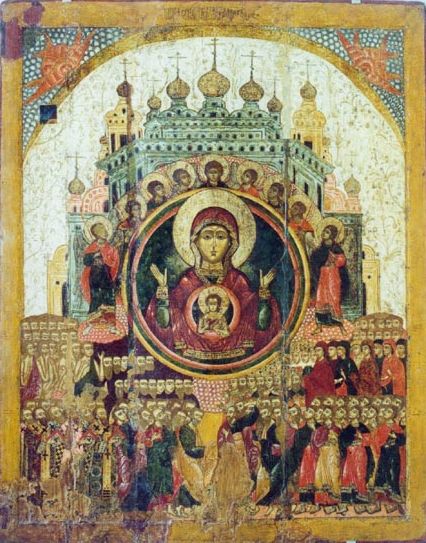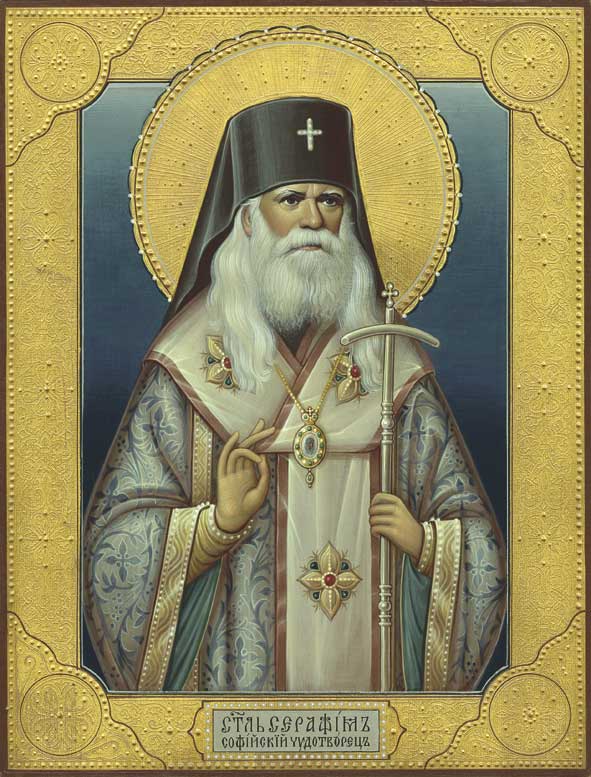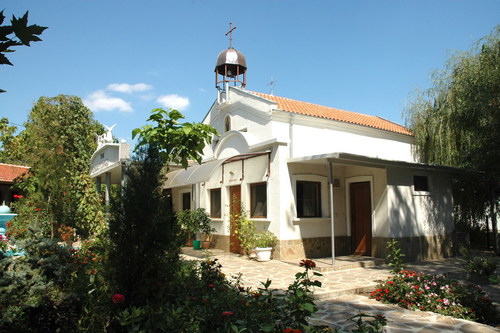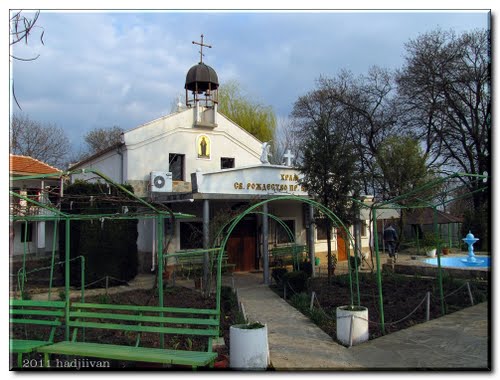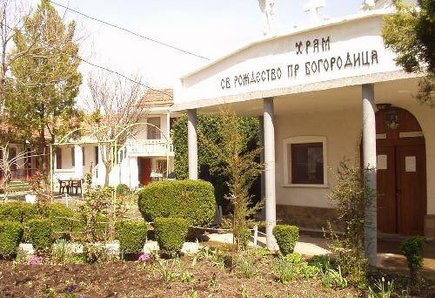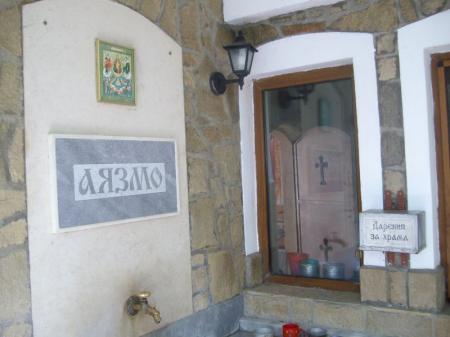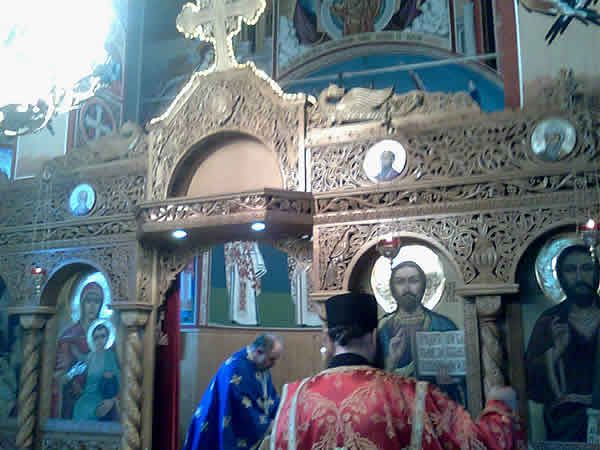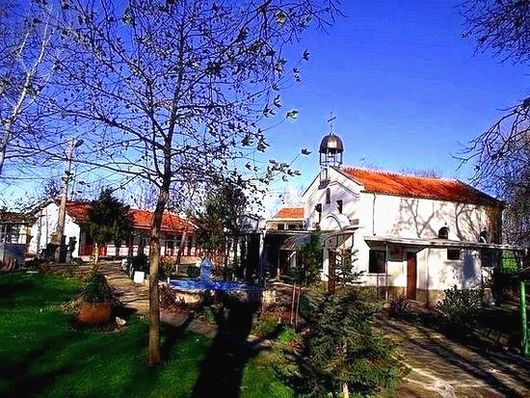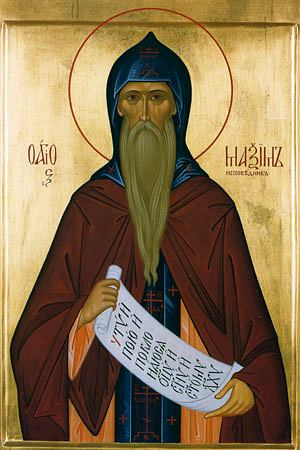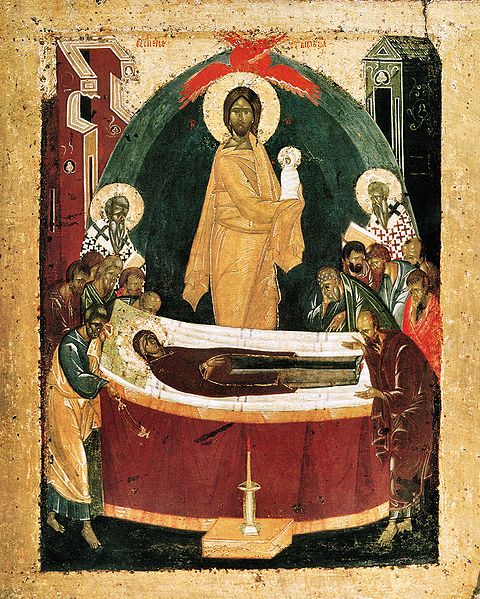
On 15th of August we celebrated in the Bulgarian Orthodox Church, as well as the other Orthodox Churches around the world, the celebration of the Great Feast commemorating the "falling asleep" e.g. physical death of the Theotokos (Virgin Mary)
We believe in the Orthodox Church that on this date the Mother of God Virgin Mary has passed away. The church tradition says that on that date it's our Lord and Saviour Jesus Christ himself that come from heaven to gather her soul.
We use to say that Virgin Mary has fall asleep because her physical death happened without any pain or suffering.
God bestowed Our Lady with such a death because of her humility and sinless life she choose to left while being on Earth.
The Church tradition also teaches that her bodily resurrection occured in a close similarity to Christs by Christ himself and she resurrected in the body was taken up to heaven after her death. The two weeks before dormition of the Theotokos occurs are being preceded by a two weeks fasting period. The dormition fast is one of the strictest fasts in the Church life, it's one of the 4 major fasts periods that occur within the Church life every the year. It's an interesting fast that a little while before Virgin's Mary "fall asleep", she has prayed to her son and our God Jesus Christ to let her see the Holy Apostles once again.
The Lord heard her prayer as she is the most venerable among the ones who lived in this earth and in a miraculous way transported the St. Apostles in the house of St. apostol John where the Theotokos was living. All the apostles were transported to see Virgin Mary except st. Apostol Thomas whose transport has been delayed a bit. He is been said to have arrived three days after her death, when he asked the other apostoles to see her grave so that he could bid her good bye, when all the 12 apostles went to Mother of God's grave they found no body and a sweet fragrance was filling the tomb air. As I said earlier Christ has taken her body to reunite it with the soul he had accepted 3 days earlier. Therefore theology teaches that Virgin Mary has undergone the second resurrection already, a resurrection that is about to come for all who currently abide at this earth with the Second Coming of Christ
An spiritual elder and a brother and Christ has mentioned to me that it is the sending away of the feast which apparently which's commemoration lasts for 8 days, quite an interesting fact I decided to share herein
A good account about the Dormition of the Holy Theotokos is found here and I suggest you read it up if you have some time.
There is another reason that the feast is so venerated it's being said by many people that Virgin Mary the mother of God blesses abundantly and protects everybody who keeps the fast before the feast of her Dormition.
Another practice within the Church is that flowers are being blessed on the date of the Dormition of Virgin Mary. In some Churches even there is a special shroud depicting the Theotokos's sleeping body after her death.
I've been to an interesting Liturgy where the Shroud or (Plashtenica) as better known in the Slavonic Eastern Orthodox world is being placed and is exhibited for a veneration of the layman and Church clergy. On the third day similarly to the resurrection of Our Lord and Saviour Jesus Christ this Plashtenica is being put away by the priest in order to show off that the body of the Mother of God was taken to heaven and has miraculously been resurrected and taken to heaven by God.
In Bulgaria the feast is known under the name Uspenie Bogorodichno – "The Dormition of the Theotokos". Uspenie derives from old slavonic and literally translated means "falling asleep".
Let the Holy Mother of God pray her son and our God Jesus Christ to have mercy on us the sinners.
